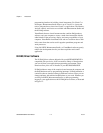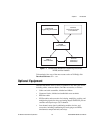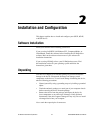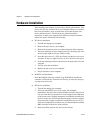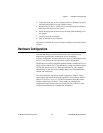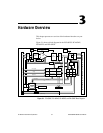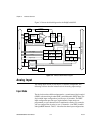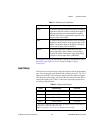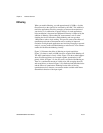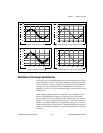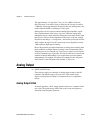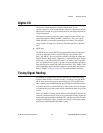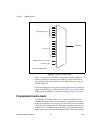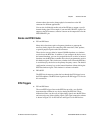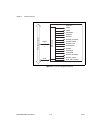
Chapter 3 Hardware Overview
© National Instruments Corporation 3-3 6023E/6024E/6025E User Manual
For diagrams showing the signal paths of the three configurations, refer to
the Analog Input Signal Overview section in Chapter 4, Signal
Connections.
Input Range
The devices have a bipolar input range that changes with the programmed
gain. You can program each channel with a unique gain of 0.5, 1.0, 10, or
100 to maximize the 12-bit analog-to-digital converter (ADC) resolution.
With the proper gain setting, you can use the full resolution of the ADC to
measure the input signal. Table 3-2 shows the input range and precision
according to the gain used.
Table 3-1.
Available Input Configurations
Configuration Description
DIFF A channel configured in DIFFmode uses twoanalog
input lines. One line connects to the positive input of
the programmable gain instrumentation amplifier
(PGIA) of the device, and the other connects to the
negative input of the PGIA.
RSE A channel configured in RSE mode uses one analog
input line, which connects tothe positiveinput of the
PGIA. The negative input of the PGIA is internally
tied to analog input ground (AIGND).
NRSE A channel configured in NRSE mode uses one
analog input line, which connects to the positive
input of the PGIA. The negative input of the PGIA
connects to analog input sense (AISENSE).
Table 3-2.
Measurement Precision
Gain Input Range Precision
1
0.5 –10 to +10 V 4.88 mV
1.0 –5to+5V 2.44 mV
10.0 –500 to +500 mV 244.14 µV
100.0 –50 to +50 mV 24.41 µV
1
The value of 1 LSB of the 12-bit ADC; that is, the voltage increment corresponding to a
change of one count in the ADC 12-bit count.
Note: See Appendix A, Specifications, for absolute maximum ratings.



